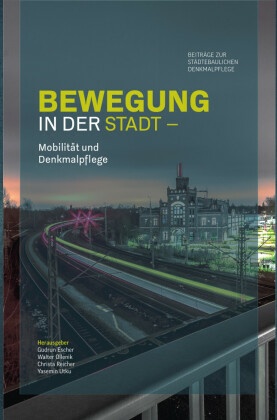| Verlag | Verlag Kettler |
| Auflage | 2022 |
| Seiten | 148 |
| Format | 16,8 x 0,9 x 24,0 cm |
| Gewicht | 426 g |
| ISBN-10 | 3862069745 |
| ISBN-13 | 9783862069743 |
| Bestell-Nr | 86206974A |
Up until the early twentieth century, citizens could only travel from one place to another with the help of public transportation infrastructure, which left its imprint on the growing cities of that era. The required transit corridors cut through the sprawling neighborhoods. The invention of the Otto engine marked the beginning of a metropolitan infrastructure revolution that went far beyond urban areas carved up by thoroughfares. Cities designed for private car ownership were a predominant feature of modernism. Automobiles and their demands on road space provided a universal blueprint for the entire built environment. The climate crisis has led to criticism of the continuous expansion of private mobility. This debate is only just beginning, yet it is already starting to have an impact on our accustomed freedom in terms of transportation. The paradigm shift in this domain entails new challenges and offers enormous opportunities for public space. The crucial question is how transpo rtation and urban planners will deal with structures, buildings, and squares that have grown organically over time.

